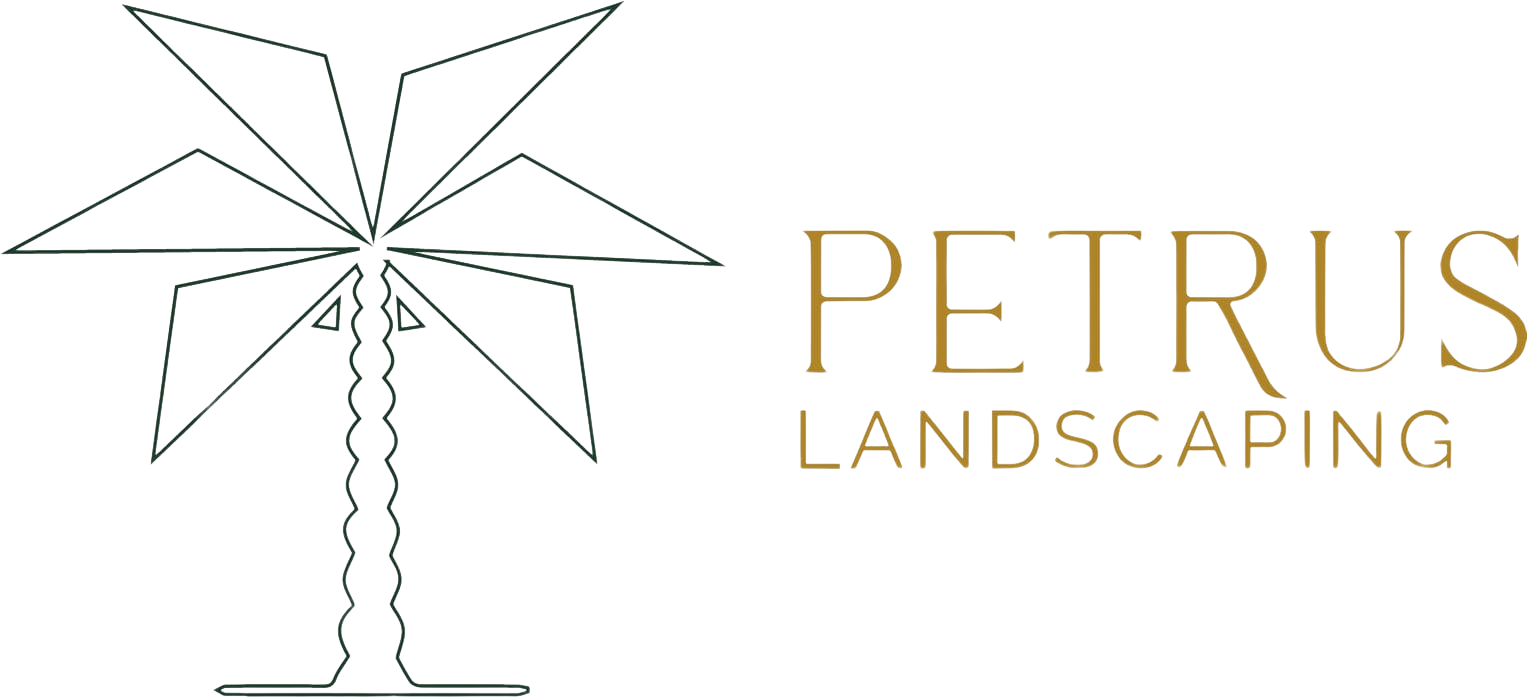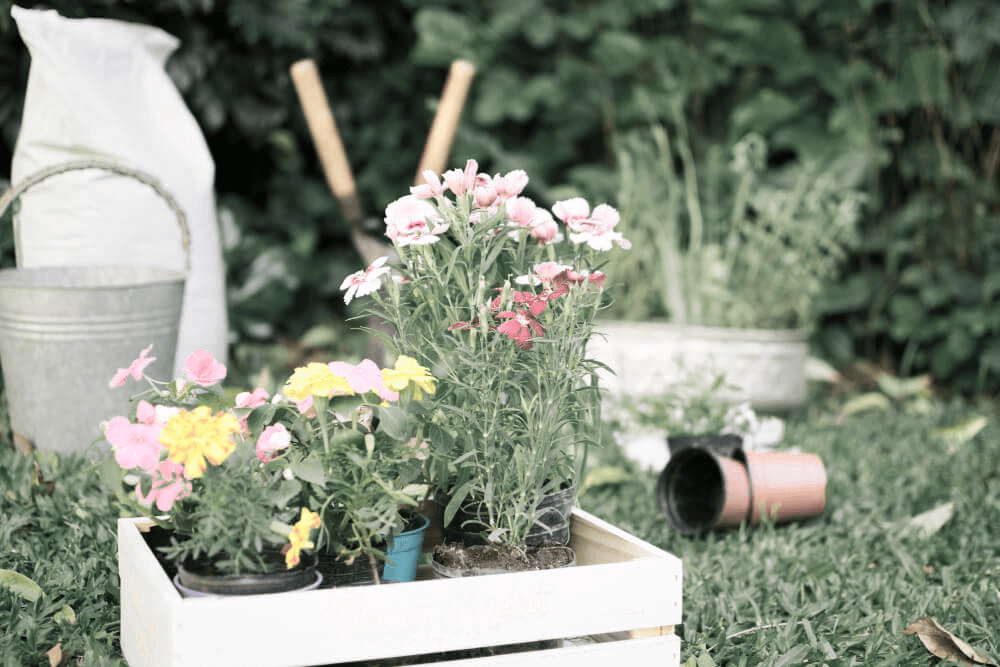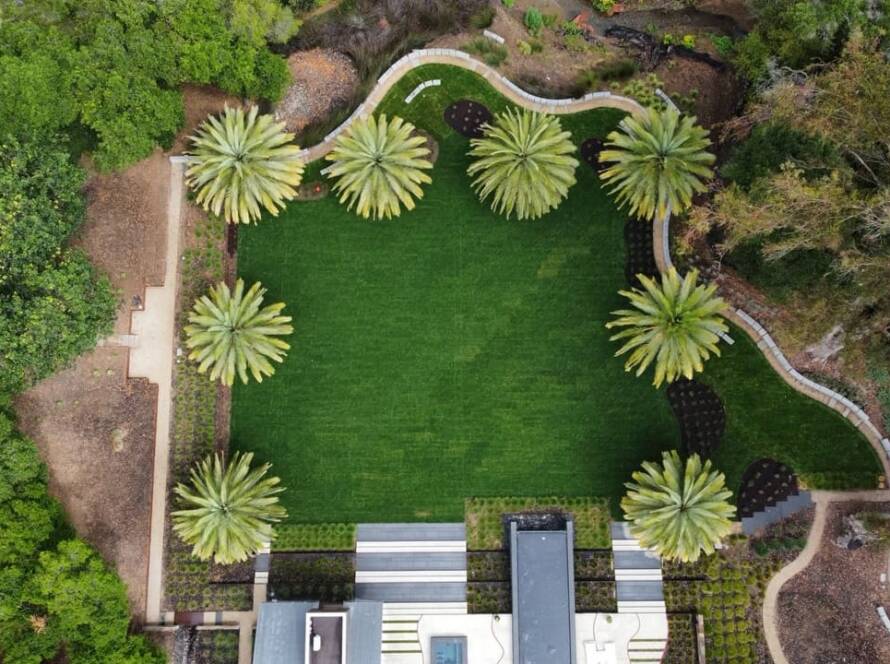In today’s world, where sustainability is at the forefront of our collective consciousness, integrating eco-friendly practices into every aspect of our lives is essential. This includes the way we design and maintain our gardens. Sustainable garden design is more than just a trend; it’s a commitment to reducing our environmental footprint and enhancing the natural beauty of our outdoor spaces. In this article, we will explore the fascinating realm of sustainable garden design with a focus on using recycled and reclaimed materials to create thriving, environmentally conscious gardens.
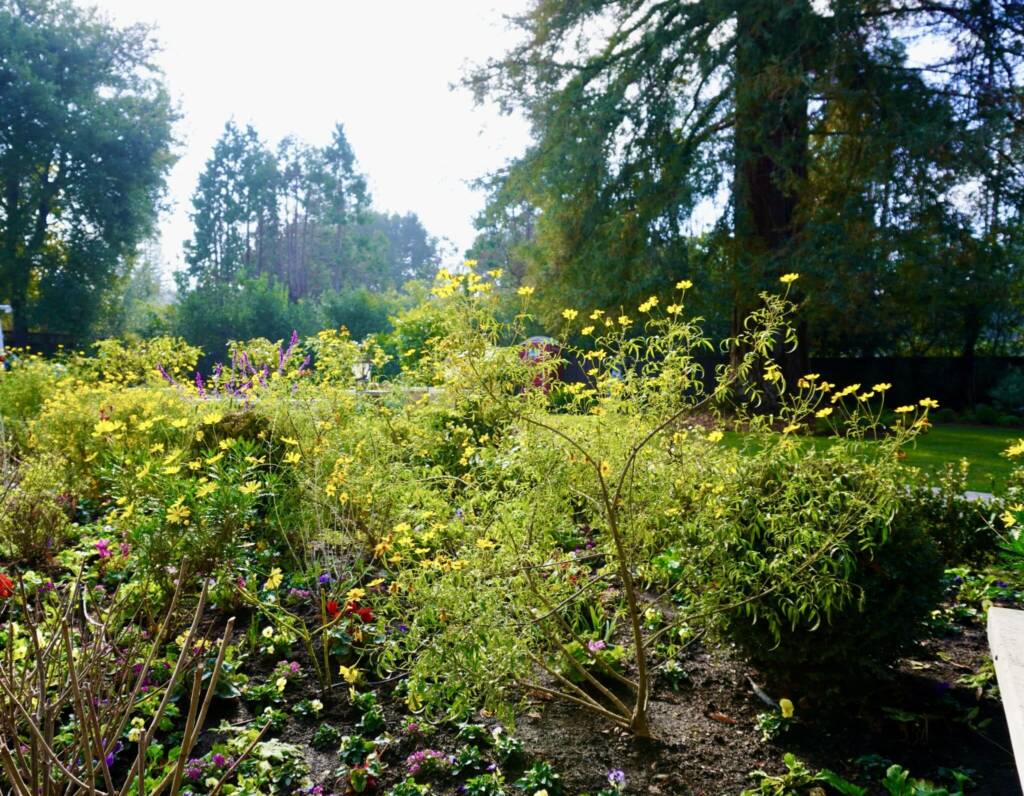
Sustainability in Garden Design
Sustainability is about nurturing our environment, conserving resources, and reducing waste. In the context of garden design, it means harmonizing the beauty and functionality of outdoor spaces with responsible, eco-friendly practices. Sustainable gardens are not only visually appealing but also contribute positively to our planet. They can be havens of biodiversity, provide valuable habitat for wildlife, and even help mitigate climate change.
What Are Recycled and Reclaimed Materials?
Before we delve into the benefits and applications of recycled and reclaimed materials, let’s clarify what these terms mean:
- Recycled materials: These are materials that have been processed and repurposed from their original form. Examples include recycled glass, plastic, and rubber.
- Reclaimed materials: Reclaimed materials are salvaged from old buildings, bridges, or other structures. They are repurposed to prevent them from becoming waste. Common examples are reclaimed wood, bricks, and metal.
Understanding these terms is crucial because both offer unique benefits in sustainable garden design.
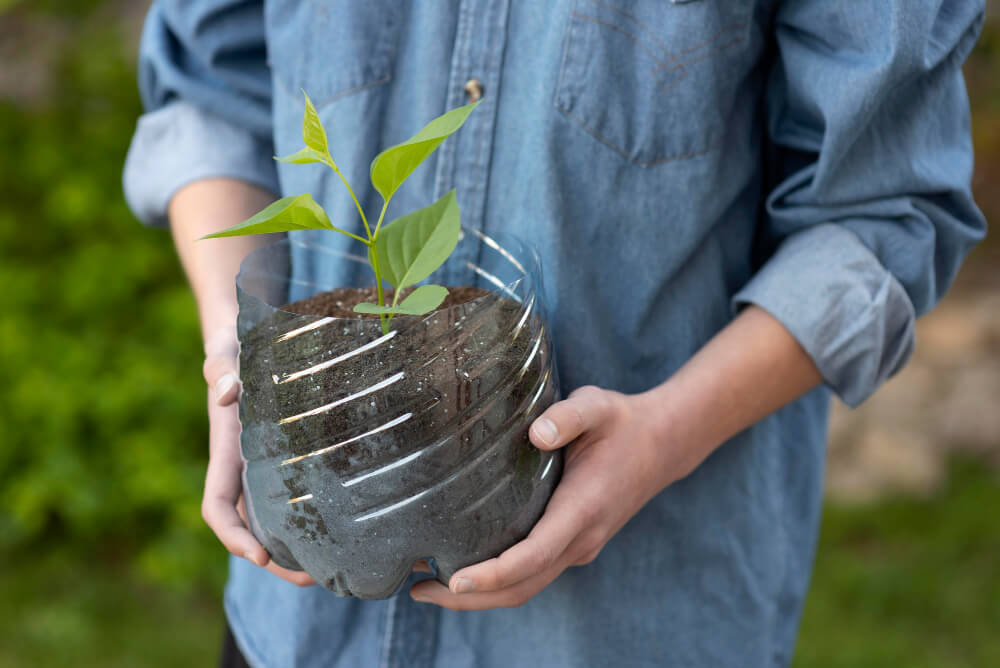
Benefits of Using Recycled Materials in Your Garden
1. Environmental Impact
One of the primary advantages of using recycled materials in your garden is their positive environmental impact. By choosing recycled products, you help reduce the demand for new raw materials, which lowers energy consumption and reduces greenhouse gas emissions.
2. Waste Reduction
Recycled materials naturally find their place in landscaping, serving as eco-conscious elements that help divert waste from landfills. This approach extends the lifespan of these facilities and minimizes their environmental impact. Every recycled item incorporated into your garden becomes not only a functional part of your landscape but also a responsible choice that reduces waste and contributes to a more sustainable future.
3. Resource Conservation
Using recycled materials conserves natural resources such as timber, minerals, and water. For example, opting for recycled plastic lumber instead of new wood helps preserve forests.

Examples of Recycled Materials in Garden Design
1. Reclaimed Wood
Reclaimed wood adds rustic charm to gardens. Old barn wood, wine barrels, and salvaged timber can be transformed into raised beds, garden furniture, and decorative elements.
2. Recycled Glass
Crushed recycled glass, known as glass mulch, is an attractive and eco-friendly alternative to traditional mulch. It provides excellent drainage, reduces weed growth, and adds a touch of sparkle to your garden.
3. Repurposed Metal
Old metal objects, such as discarded farm equipment or industrial pieces, can be repurposed into unique garden art, trellises, and sculptures.
4. Recycled Rubber
Rubber mulch, made from recycled tires, is durable, long-lasting, and provides excellent shock absorption, making it an excellent choice for playgrounds and pathways.
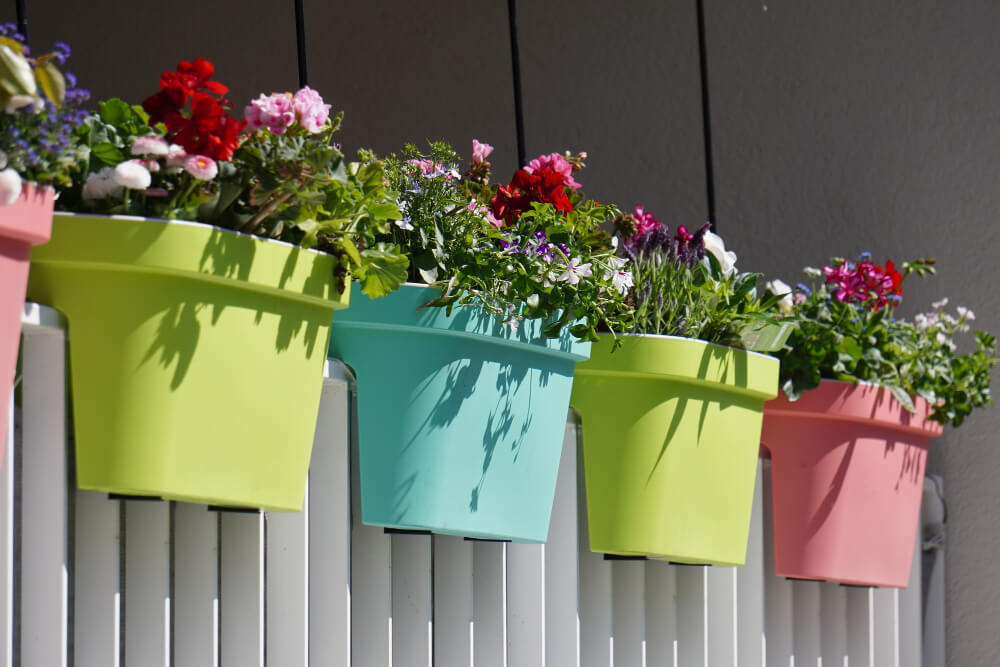
Creative Garden Projects Using Recycled Materials
Sustainable garden design invites creativity and innovation. Here are some inspiring garden projects that incorporate recycled materials:
1. Reclaimed Pallet Planters
Turn discarded pallets into vertical planters by adding pockets of soil and planting herbs or flowers. Hang these pallet planters on walls or fences for a striking garden feature.
2. Recycled Tire Garden Beds
Old tires can be stacked and filled with soil to create raised garden beds. Their round shape adds a playful touch to your garden.
3. Salvaged Brick Pathways
Reclaimed bricks can be used to create charming pathways or borders within your garden. Their weathered appearance adds character and history to the landscape.
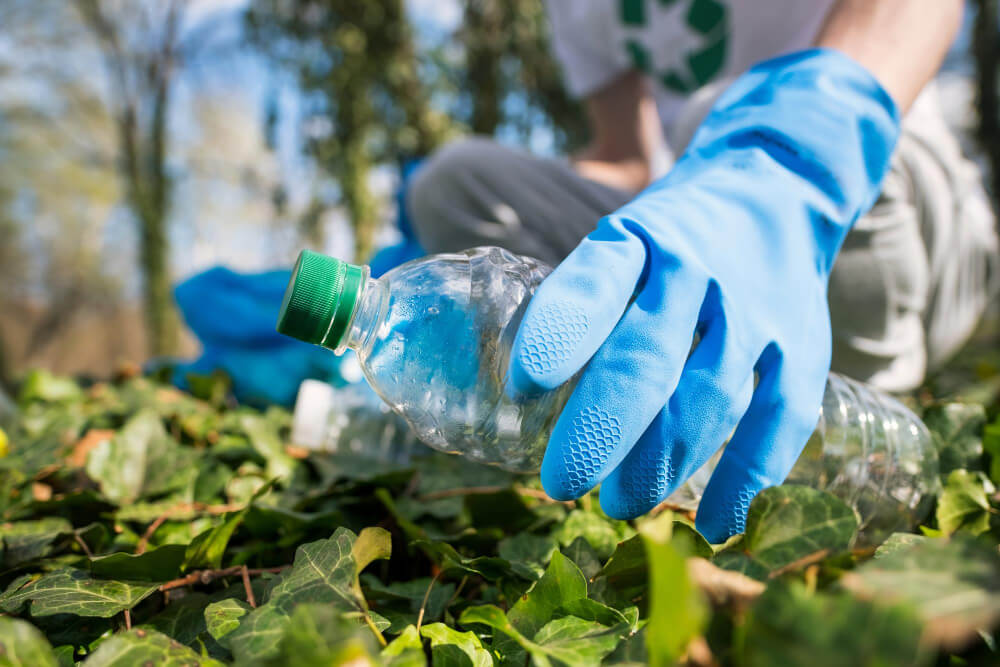
Environmental Impact of Recycled Materials
Using recycled materials in your garden not only reduces waste but also conserves energy. For instance, creating one ton of recycled glass saves over a ton of natural resources and prevents the emission of nearly 700 pounds of carbon dioxide.

Local Sourcing for Sustainability
When sourcing recycled or reclaimed materials, choosing local suppliers is a sustainable choice. It reduces transportation emissions and supports your community. Look for businesses specializing in reclaimed building materials, recycling centers, or local artisans who craft garden decor from salvaged items.
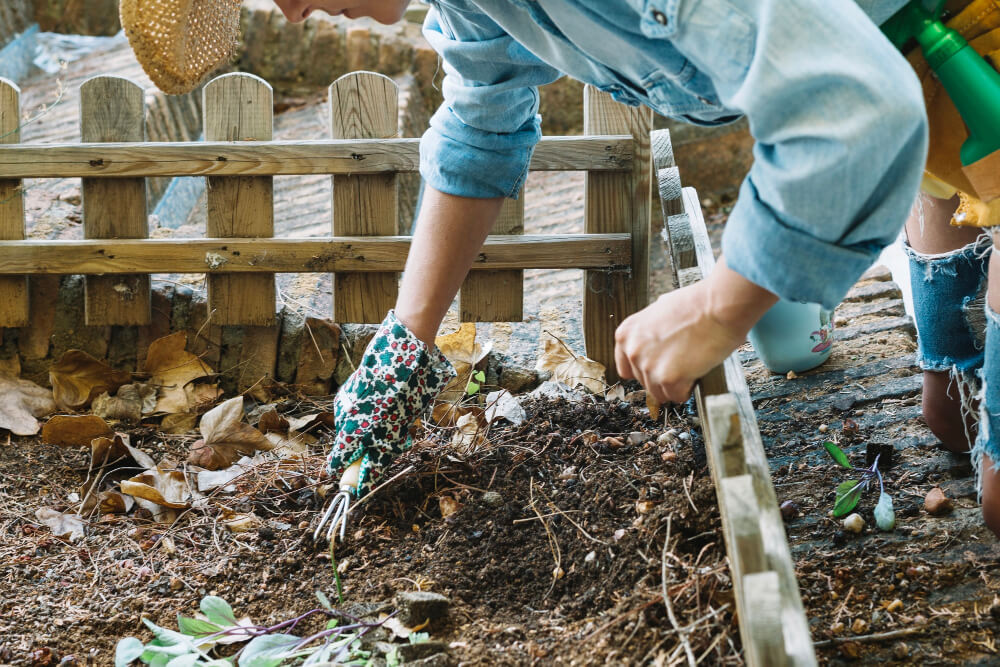
DIY vs. Professional Installation
Deciding whether to embark on a recycled material garden project yourself or hire a professional landscape designer depends on your skills, time, and the complexity of the project. Smaller DIY projects, like creating a tire planter or glass mulch pathways, are achievable for many homeowners. However, larger-scale projects or those requiring specialized skills, like crafting furniture from reclaimed wood, may benefit from professional expertise.
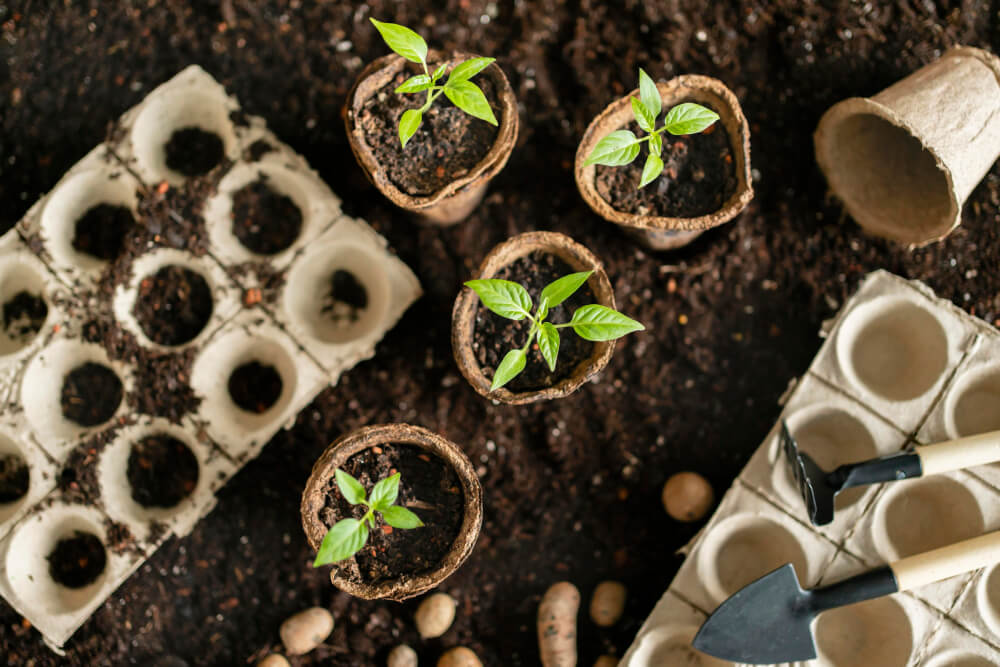
Maintenance Consideration
Maintenance requirements for gardens using recycled materials are generally straightforward. Regular cleaning and occasional inspections are usually sufficient. For instance, a recycled glass mulch bed may require periodic raking to maintain its appearance.
Sustainable garden design, with a focus on recycled and reclaimed materials, offers an opportunity to transform your outdoor space into a haven of beauty and eco-consciousness. By understanding the benefits, exploring creative projects, and appreciating real-life examples, you can embark on a journey toward a greener, more beautiful tomorrow—one garden project at a time. So, roll up your sleeves, get creative, and let your sustainable garden flourish.
Remember, every sustainable choice you make in your garden contributes to a healthier planet and a more vibrant outdoor living space. Let’s embrace sustainable garden design and nurture our natural world while enjoying its splendor
